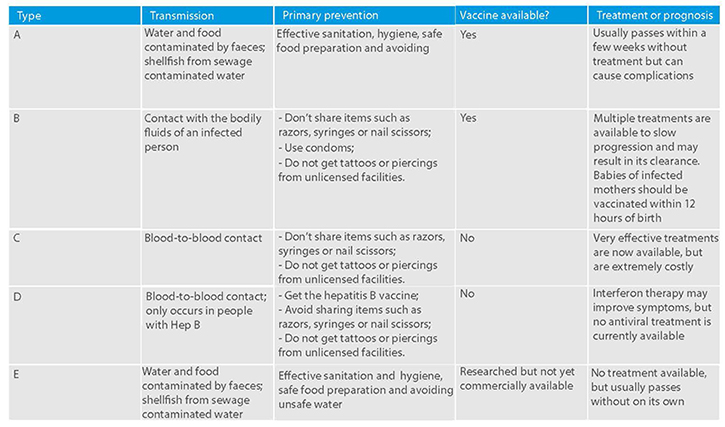Working together for a world without viral hepatitis
The global impact of viral hepatitis is startling: Although it is largely preventable, 10 million people are newly infected. While it is relatively easy to diagnose, 95% of those who have it don’t know. Only 1.0% of those who are infected get treatment. And, sadly, about 1.4 million people die needlessly each year.
This July 28, we hope you’ll take a few minutes to learn more about one of the world’s most deadly preventable diseases on World Hepatitis Day (WHD).
On WHD this year, the World Hepatitis Alliance (WHA) (an NGO with 230 member organisations in 81 countries) will launch NOhep. Described as a global movement aimed at eliminating viral hepatitis, the initiative’s website announces it will provide “a platform for people to speak out, be engaged and take action to ensure global commitments are met, and viral hepatitis is eliminated by 2030.”
The launch follows a ground-breaking agreement concluded in May of this year when the WHO’s member states met and committed to a global hepatitis elimination strategy. According to the WHA, if the governments who have signed on can meet their prevention, treatment and testing targets, it means that:
- 90% of babies will be vaccinated at birth,
- 100% of blood donations will be screened,
- 90% of people with hepatitis will know they have it (versus 5% today), and
- 80% of those with the disease will receive treatment.
Together, these changes are expected to save 7.1 million lives by 2030.
How can you help prevent viral hepatitis? First, start with yourself and your family by knowing how hepatitis viruses are transmitted (see table below), avoiding unnecessary risks and talk to your pharmacist or doctor about hepatitis vaccinations.
But please don’t stop there. To help raise awareness and be a catalyst for the end of viral hepatitis, visit NOhep to learn more, download materials and participate in the social media campaign.
